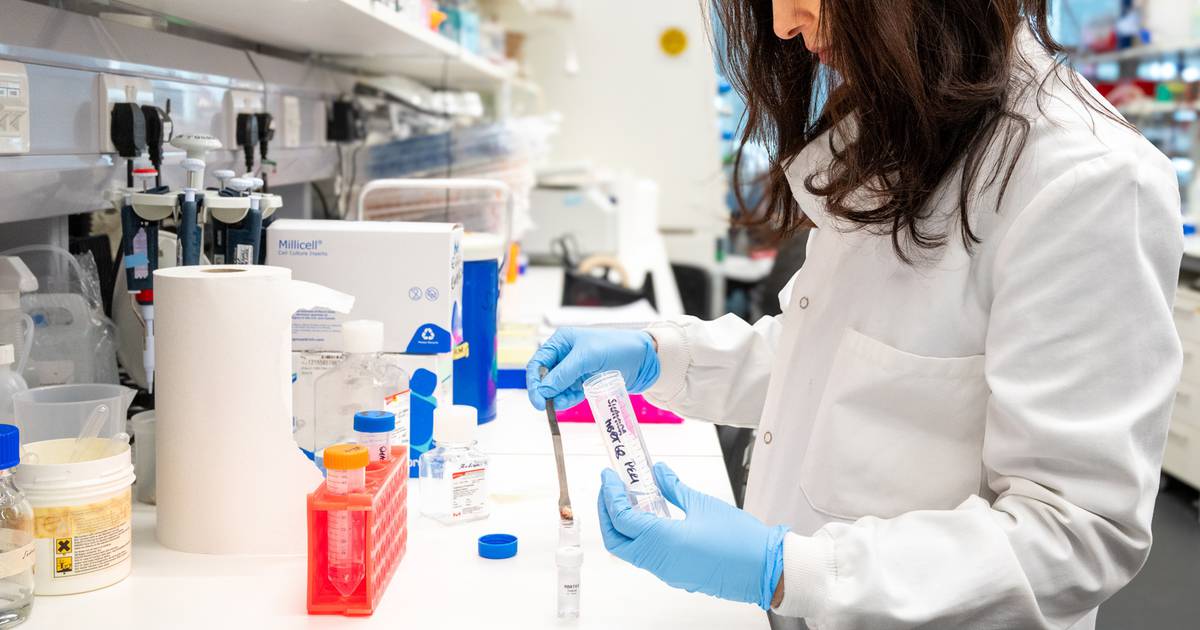Tiny magnetic nanorobots, about the size of a twentieth of a human red blood cell that can be injected into the human body, could “open new frontiers in medicine” and be used to treat brain bleeding caused by aneurysms, British and Chinese scientists have announced. scientists. In a study led by the University of Edinburgh’s Faculty of Engineering, Chinese and Scottish researchers were able to prove that the technology could be used to treat brain bleeding caused by aneurysms. In the foreseeable future, this procedure could enable precise treatment of brain aneurysms with a relatively low risk to the patient’s health, which is extremely important because such bleedings cause around 500,000 deaths worldwide every year.
An aneurysm is a blood-filled bulge in a cerebral artery that can burst and cause fatal bleeding or result in stroke or disability.
In laboratory tests on rabbits, scientists used aneurysm models, creating magnetic nanobots composed of blood-clotting drugs in a coating designed to melt at precisely defined temperatures.
In such tests, scientists injected several hundreds of billions of magnetic nanorobots into the artery, each of which contained a twentieth part of the size of a red blood cell, and then guided them remotely to the aneurysm site as a swarm with the help of magnets and medical imaging.
Magnetic sources from outside the body then caused the robots to cluster inside the aneurysm and heat it to the point of melting, releasing a natural blood-clotting protein that blocks the aneurysm to prevent or stop bleeding in the brain.
During this procedure, the drug was released exactly at the place where it was supposed to prevent or stop bleeding in the brain.
According to scientists, the study points to an optimistic future. Namely, miniature robots could be remotely controlled to perform complex tasks inside the human body – such as targeted delivery of drugs and organ regeneration, but in a minimally invasive way.
“Nanorobots could open up new frontiers in medicine, potentially enabling us to perform surgical procedures with less risk compared to conventional treatment and to deliver drugs in a targeted and very precise manner to hard-to-reach parts of the body,” he said. one of the co-authors of the study, Dr. Qi Zhou from the Faculty of Engineering at the University of Edinburgh.
dr. Qi and his colleagues believe that the study showed that nanobots are able to transport drugs to precise locations, without the risk of leaking into the bloodstream, which, they pointed out, is a key test of the technology’s safety and effectiveness.
They also add that nanobots could reduce the need for implants in the treatment of brain aneurysms, such as spirals or stents (mesh tubes).
At the same time, such procedures could reduce the risk of the body rejecting the implant, and doctors would have to rely less on prescribing anti-clotting drugs, which can cause bleeding and bleeding problems.
The study, published in the journal Nanoscience and Nanotechnology Small, was led by team members from Great Britain and China.
The same group of experts also developed nanorobots for removing blood clots that are larger. showed potential in the treatment of strokes.
